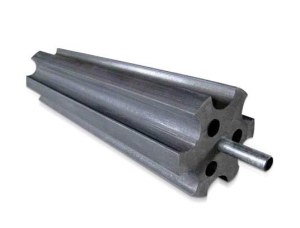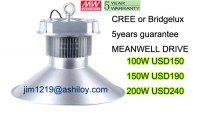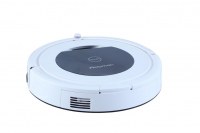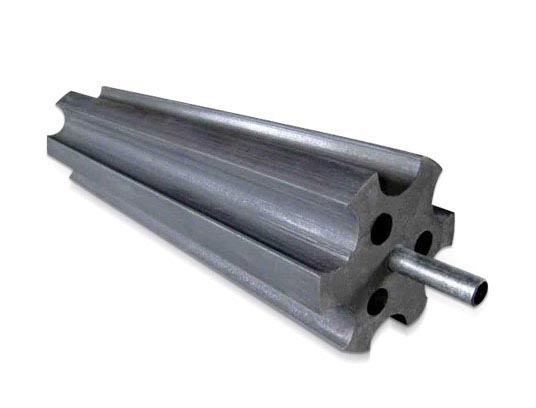 |
|||||||||||||||||||||||||
|
Recherche / Achat
Ground Module
|
|
Product Name |
Model No. |
Dimension |
Weight(KG) |
Note |
|
Cyliner Graphite mould |
BSD-GMC |
D160*800 |
30 |
|
|
D260*1000 |
50 |
|||
|
Plum blossom Graphite mould |
BSD-GM-PB |
D160*800 |
30 |
|
|
D260*1000 |
50 |
|||
|
Square graphite mould |
BSD-GM-FS |
500*400*60 |
20 |
|
Precautions;
1. The storage module should maintain a certain humidity to avoid high temperature, dryness and explosion;
2. External force should be avoided to damage modules during transportation and installation;
3. In cold areas, the module should be embedded below the frozen layer.
Usage calculation
According to the soil resistivity of the grounding network soil layer, the amount of HD-GO grounding module is calculated by the following formula; horizontal embedding, single module grounding resistance: total grounding resistance after parallel connection.
Ningbo Zhenhai Beisuda Petrochemical Equipment Co.,Ltd located in Ningbo, Zhejiang, it is a professional enterprice, who focus on R&D, production, sales copper clad steel series grounding products. We provide CCS Round Wire, CCS-Stranded Cable, copper clad steel ground rod and so on. Want to know more? Please contact us.
Personne à contacter : Yan Max, 0574 86573899
Bonne affaire : acheter au vendeur
Nous vous invitons à lire nos conditions générales d'utilisations. Vous pouvez aussi vous rendre sur nos FAQ et consulter notre page d'informations sur les risques liés à la contrefaçon.
|
Cette page concerne les importateurs et exportateurs de Ground Module Rechercher dans la catégorie : Recherche / Achat Rechercher dans la catégorie : module, ground |
Mercredi 22 avril 2015
Quantité : 10PCS - Prix : USD3250
Puissance: 150W Commande de puissance de protection parle bien GHN série + original del brigelux 45 mm de cinq ans On peut également fournir 150W 200w 60W 80W 30w D'éclairage: un angle de 90 degrés La tension d'entrée: AC100 - 277v La luminosité de la del d'atténuation: ...
Ashiloy Industry Co.,Ltd
- 999077 - KLN
- +86 138235618632
Vendredi 21 novembre 2014
Quantité : 1 UNIT - Prix : 1,5 USD
Nous avons été la fabrication de rouleaux à peinture depuis 10 ans dans nos usines à Konya et d'Istanbul. Nos rouleaux de peinture sont classées en trois types selon l'application que tout peut être utilisé pour les deux peintures à base d'eau et de solvants des peintures à base...
TURKON EXPORT LTD.
- 42050 - KONYA
- +905353265862
Mardi 11 août 2015
Quantité : 500 - Prix : 220-225
Key Specification - l Brand Name : Rooman - l Model Number : RM-RC800 - l Input Voltage(V): 110-220 - l Output Voltage(V): 24 - l Rated Power(W): 22 - l Noise Level(DB): <60</li> - l Display Mode : LED - l Certification : RoHS、3C - l Battery Voltag/Battery Type ...
Rooman Electrical Appliances Co., Ltd.
- Rooman1
- 523929 - Dongguan
- +13 6 62 88 32 70








